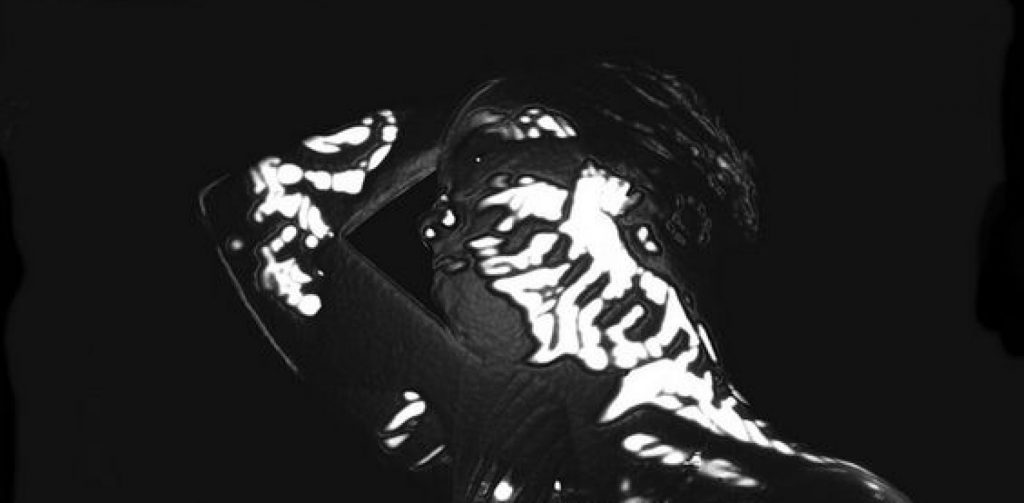With the concept of worlds converging pretty much solidified now, I thought I would expand my research to gain references and figure out the best way to communicate this idea. What sprung to mind instantly is one of my favourite films of all time, ‘Fight Club’. Directed by David Fincher, Fight Club tells the story of a psychologically disturbed insomniac (played by Edward Norton) who becomes so repressed from his role as a cog in the wheel of capitalist society that he begins to start a fight club with a friend he meets, Tyler Durden (Brad Pitt). This club embraces freedom and allows men with similar issues of feeling stuck and in a repetitive cycle imposed on them by the society they live in to let out their resentment and anger – on one another. This then evolves into the narrator (he isn’t initially given a name) and Tyler using the club to create an army of radicalists.
We eventually find out that the hell-raising, free-spirited, wildly intense Tyler Durden is in fact an imaginary projection from the narrator’s subconscious, and in reality it is the narrator who is Tyler Durden. Tyler represents everything that the mundane narrator wants to be; he gives him the daring to act out on his repressed impulses and hatred of the position that he is in. Everything that we see Tyler do in the film – from purposefully losing control of his car with both of them in it to being the mastermind behind this eventual rebellion – is in fact the narrator. The film does an exceptional job of painting the narrator to be scared and hopeless, but the fact that we find out all these acts of violence, aggression and ultimate mass destruction were all committed by this imaginary alter ego highlights just how mentally unstable he is, whilst pointing to the importance of having a balance in your life of order and chaos, possession and freedom, calmness and craziness.
The reason this film reinforces my idea so beautifully is because it perfectly addresses the subject of living in reality and living in your mind. The narrator’s mind is so far gone due to the weight of the real world that it generates a projection of everything he wants to be. And even though it is him that acts on everything, he believes it is his “friend” who is influencing him. In one of the most iconic and thought provoking endings of a film I’ve witnessed, we see this convergence of his inner world and what has been happening in the real world when he realises Tyler and him are the same person and he eventually shoots himself in the head to remove Tyler and reach his moment of complete freedom, unchaining himself from the restrictions imposed on his mind. He then somehow survives and we see buildings blowing up in the distance as he holds his girlfriends hand, realising what he has done. This moment in particular is a very good reference for my audio piece because it is the moment where the illusions that plagued the narrators mind result in a real world consequence.
This scene is obviously an extreme version of what I want to communicate, but it is so well filmed and well written that it is a perfect example of worlds converging and a moment happening because of it. I’m led to feel that I should make a soundtrack of a hypothetical moment where the inner world of the mind and the outer world combine. Instead I don’t want to make that moment a destructive one as Fight Club does, but a moment of embracing that you are entirely unique and you see the world in your own way, and accepting that the world has it’s own view of you too. I want to champion self-acceptance and address that your inner world can change and be fluid, and you can exist alongside the world around you. I’m pointing towards a bigger issue here in depression and anxiety, and voices in your head that are often generated by trauma or the dark parts of your mind. I’ve had too many experiences and heard too many stories of people not wanting to live anymore and sometimes acting on it because they don’t feel the world accepts them, and they feel that the world they want to live in doesn’t exist. I am trying to suggest that you can control the world around you more than it controls you.

